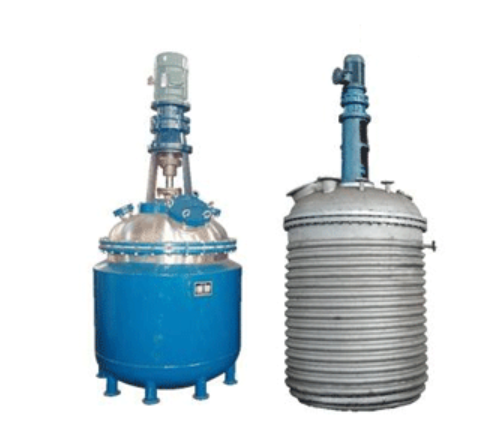The external half - pipe reactor is developed alongside the standard reactor. The standard reactor utilizes a hollow standard jacket for heating or cooling during heating or cooling processes. The external half - pipe reactor employs half - pipes welded around the outside of the inner container as the heat - exchange medium for heat - exchange reactions. The external half - pipe reactor is not a pressure vessel, so there is no need to apply for manufacturing qualifications. It is a non - standard atmospheric pressure vessel, featuring good strength, pressure resistance, and high pressure - bearing capacity. The circular half - pipes are welded along the tank wall, which not only reinforces the inner container but also functions as a diversion structure, ensuring sufficient heat exchange. However, the heat - exchange area of an external half - pipe reactor of the same size is smaller than that of a standard reactor.
The external half - pipe reactor uses circular half - pipes as the heat - exchange jacket. The half - pipes can be either round or square. Half - pipes can be installed on both the bottom head and the cylinder. The heat - exchange area can be adjusted as needed, either large or small. Since the external half - pipe reactor is spirally arranged in circles, it is heated evenly, has an excellent diversion effect, and does not experience local overheating. An insulation layer is provided on the outside of the external half - pipe reactor, giving it an attractive appearance and easy - to - clean features with no dead corners. The stirring system inside the tank can be selected from propeller blade stirring, frame - type stirring, anchor - type stirring, propelling - type stirring, anchor - propeller combined stirring, etc., depending on the material characteristics. On the tank, according to process requirements, a feeding port, a charging port, an online cleaning port, an SIP sterilization port, a reflux port, a steam inlet, a condensed water outlet, etc. can be configured. The control system can perform temperature display and constant temperature control, liquid level display, upper and lower liquid level control and alarm, weighing and metering, etc., in accordance with process requirements.
